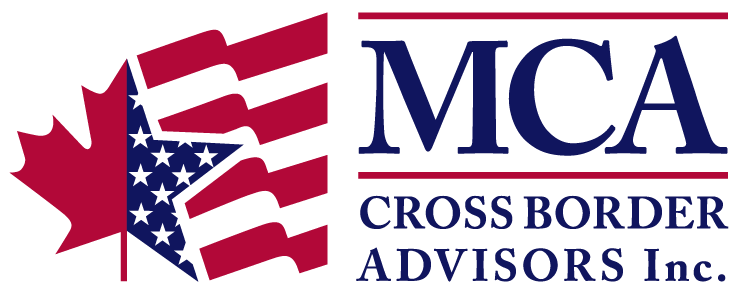We are very pleased to share that David Altro and Matt Altro were asked to prepare a special for The Globe and Mail, which was published on January 18, 2018. Their article titled “US citizens living in Canada: Beware these five tax traps” provides critical information that U.S. citizens living in Canada should be aware of to ensure that they are managing their cross-border tax obligations in the most efficient way possible.
To read the article you can see it in part below, or click here to view it on The Globe and Mail’s website.
US citizens living in Canada: Beware these five tax traps
Matt Altro and David Altro
The Globe and Mail
January 18, 2018
They are out there. They walk among us. They even look and sound like us. They are in our workplaces and communities, and they may even be in our families. They are US citizens, living in Canada.
More than one million U.S. citizens, including dual citizens, are happy to call Canada home. They enjoy living here, but if you talk to them about tax issues, they become anxious, angry and fearful.
From a tax perspective, US citizens in Canada exist in the worst of both worlds. As Canadian residents, they have to report their worldwide income to the Canada Revenue Agency (CRA) and are subject to Canada’s relatively high personal-income tax rates. Then, they must file a U.S. tax return (Form 1040) and report their worldwide income again to the Internal Revenue Service (IRS). If the system works properly, then U.S. citizens can use the foreign-tax credits from the higher Canadian tax to offset all the tax owing to the IRS.
Here is the catch: the system is full of traps.
These tax traps are unwittingly set by good-natured Canadian advisers, accountants, lawyers and financial planners. Traps occur because Canadian advisers may not know that a client is a US citizen, or they may not understand the US implications of a Canadian tax strategy they are recommending. Here are five examples of common tax traps for US citizens living in Canada.
To continue reading, please click here to view the article on The Globe and Mail’s website.

